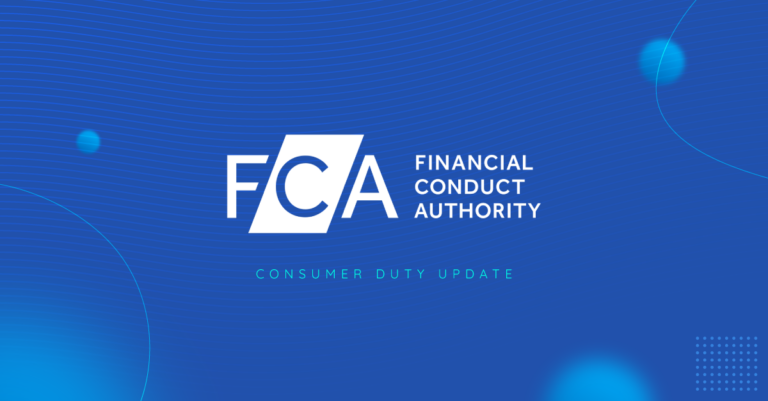Puzzel (formerly Intelecom) explains why effective interaction routing, although often overlooked, is essential to running a successful contact centre and profitable business.
The subject of call and interaction routing often appears to be overlooked by marketers and even vendors in an industry where technical innovation is king. Yet the fact remains that enquiry routing is the foundation and glue of every contact centre. Without it, the contact centre operation would quickly fall apart. In an age when customers demand a far higher level of interaction with the organisations they do business with, sophisticated routing capabilities are critical. Simply put, they ensure the right agent with the right skills responds to the customer to meet organisational objectives, keep costs low and improve the overall customer experience.
There are many different routing strategies and, as customers increasingly expect to communicate via their channel of choice, adding a new multi-channel routing strategy will become commonplace. The trick is to marry what is good for your organisation with what keeps your customers happy.
So what are the options?
- Hunt groups – around for a long, long time, they connect callers to their chosen department and search for the next available agent in that group
- Least idle/least occupied – as the name suggests, enquiries are directed to the agent who has been waiting the longest or who has handled the fewest number of calls in a given period
- Skills-based routing – customers are matched with the agents who have the best knowledge and experience to handle their enquiry
- Dynamic or service level routing – predicts demand for specific skills, enabling agents with lesser skills to be reallocated should service levels risk being missed
- Business rules based on customer ID – this allows VIP customers to be placed at the top of the queue; customers to be put in touch with an agent who has successfully handled their query before; or might even direct customers who have expressed an interest in cancelling a contract to expert retention staff
- Geographic routing (geo-routing) – is where the customer’s location can be identified from their telephone number and routed to the most appropriate agent or group. This can help with language and dialect calls plus personalise calls by directing them to agents with local knowledge
- Intelligent routing based on customer history – for example, customers who are in debt may be passed directly to the collections department, or high-value clients coming to the end of their service agreement are passed to staff with a proven track record in cross-and up-selling
- DTMF IVR (Dual Tone Multi Frequency Integrated Voice Response) – DTMF technology lies at the heart of calls coming into the contact centre. When a call is handled by an IVR system, DTMF is key to routing those calls. Agents benefit too because they simply press the buttons on their phone keypad at different times to send the caller a survey or simply transfer the call to another department. Using a cloud approach, DTMF can even support outsourced call centre agents providing a seamless service to customers at all times.
Still confused?
According to ContactBabel, which surveyed over 200 UK organisations, routing calls based on current and past agent activity (least idle/least occupied) is still the most widely used routing strategy, with little difference across contact centre sizes (72% of small, 81% of medium and 83% of large contact centres).
In the same report, ContactBabel claims that skills-based routing is now the second most popular routing strategy, particularly in contact centres with more than 200 seats (90%) where meaningful pools of skill-sets can be more easily created and used.
Similarly, the larger the organisation, the greater the number of different agent skill-sets are considered when using skills-based routing. Only 9% of small contact centres have more than ten identified skill-sets, compared with 55% combined for medium and large contact centres, versus the average of 21% across all groups.
Other findings suggest that DTMF IVR is no longer a technology just for operations with large budgets and in-house IT support. In the ContactBabel survey 70% of respondents in the sub-50 seat contact centres reported that they use it for routing.
When science fiction becomes reality
The sophistication of routing knows no boundaries. Clever IVR and interaction routing solutions can connect a visitor to a website with an agent for a voice call, without either side dialling a number. It might sound like science fiction but it’s true. A website visitor simply clicks a box, types in their telephone number and is then connected to an agent who receives the call like any other inbound call.
Finally, the rising popularity of social media and the availability of newer and better personal devices mean that Twitter, Email, Facebook, WebChat, SMS and Voice can make contact centres more complex. The simple answer to overcoming complexity is to manage multiple channels through one integrated technology platform. This guarantees the customer’s choice of communication is managed centrally and their enquiry diverted to the best skilled agent for increased productivity and enhanced customer engagement.











 Danmark
Danmark  Sverige
Sverige  Norge
Norge  Finland
Finland  Nederlandse
Nederlandse